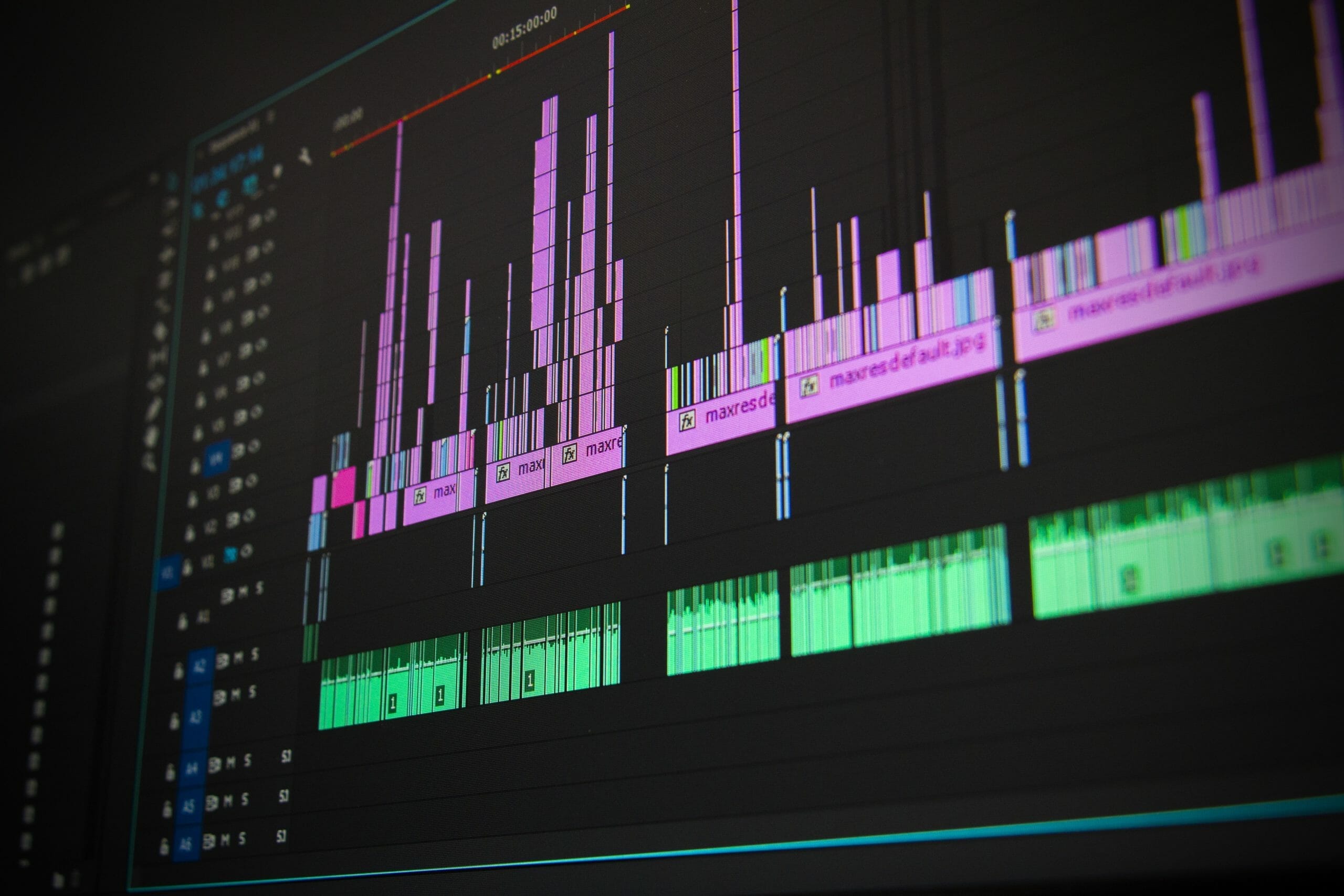
RIP A/B Testing A/B Testing has been the default approach to optimize pages for conversions, but now newer technologies present faster ways to drive uplift.
RIP A/B Testing
A/B Testing has been the default approach to optimize pages for conversions, but now newer technologies present faster ways to drive uplift.
 Gather all ye family, friends, webmasters and digital marketing executives. We’ve come here to celebrate the life of the now outdated A/B Testing process, which has finally succumbed to the inefficiencies that have plagued its process.
Gather all ye family, friends, webmasters and digital marketing executives. We’ve come here to celebrate the life of the now outdated A/B Testing process, which has finally succumbed to the inefficiencies that have plagued its process.
What was A/B?
How many of us truly knew what A/B Testing was? Allow me to briefly introduce the concept: A/B Testing, also known as “buckets testing” or “split-run testing,” is a form of statistical hypothesis testing in which two elements are tested (i.e., Variable A vs. Variable B) to see which produces the most desired result toward a specific goal.
From its humble roots in the world of statistics, A/B Testing sought out the big leagues and made a name for itself in the digital world of website optimization, especially in the industry of optimizing web design for user experience. Webmasters of the late 1990s and 2000s would stare blank-eyed into their computer screens, stumped on whether their website should use the blue button or the red button, the big heading or the small heading, Times New Roman or Arial typeface. The decision could make or break their career.
Suddenly, in a great flash of light, A/B Testing came falling from the sky and came to their rescue. A/B Testing gave webmasters the key to testing out their website features — two at a time — with the goal of increasing their conversions. Webmasters could now use data from their A/B Testing experiments to back up why they wanted to use the red button over the blue. They could visually and functionally tweak their website so that more people clicked, downloaded or made a purchase — all of which are conversions that are key to a company’s online success. It was payday for the digital world. Marketers, agencies and online retailers saw great success — their online revenues soared and their websites became user-friendly and attractive. Things were grand, and A/B Testing was the star of the show.
And then things changed
All good things come to an end, however, and the early success of A/B Testing was no exception. As the UX and UI of websites changed and evolved, so did the industry of online marketing. The soda-pop-drinking “Webmasters” of the 1990s and 2000s were soon replaced by digitally savvy titles like “Digital Marketing Manager” and “Demand Generation Executive” and “Conversion Rate Optimization (CRO) Specialist,” most of whom were brought up in the era of social media and were accustomed to instant results. It was only a matter of time before A/B Testing would fall out of favor, as modern marketing managers and website managers for e-commerce, finance and affiliate marketing began to resent having to wait long processing times for A/B Testing to work. Only two at a time? Once considered cutting-edge, the two-at-a-time testing comparison between Element A and Element B was beginning to be considered slow and outdated. It required much more website traffic than other testing solutions, and furthermore, it did not produce the most effective results, as only 1 in 8 A/B tests was successful. A/B Testing was losing its edge in the new millennium. It took too much time, and time was money. No one wanted to waste time and money testing their website when they could be focusing their energies on creative branding and strategy.
It was these inefficiencies that led A/B Testing to its demise. Traces of the process still exist, however; they remain as skeletons in the marketing stack. We thank A/B Testing for the good times and remember it as the first notch in the timeline for the industry of website optimization. Thank you, A/B Testing, for jumpstarting the evolution of website design. It’s been a good run, old friend, but it’s time to give way to the new era. We shall always remember you.
The future is here
From the ashes of A/B Testing sprouts a new form of website testing: AI-powered optimization. From the ads you run on Facebook to the routing of your trip in Google Maps, AI-powered optimization is everywhere, and it’s impacting the user experience more positively than ever before.
For instance, take Sentient Ascend™, an AI-powered conversion rate optimization solution that allows marketers to test several elements all at once, including across an entire website funnel. Products like Sentient Ascend™ help marketers move beyond the bounds of A/B testing on their websites, landing pages and in single page applications to uncover new, high-performing website designs that convert more customers in less time.
Goodbye, A/B Testing. Hello AI! It’s a brave, new world.


